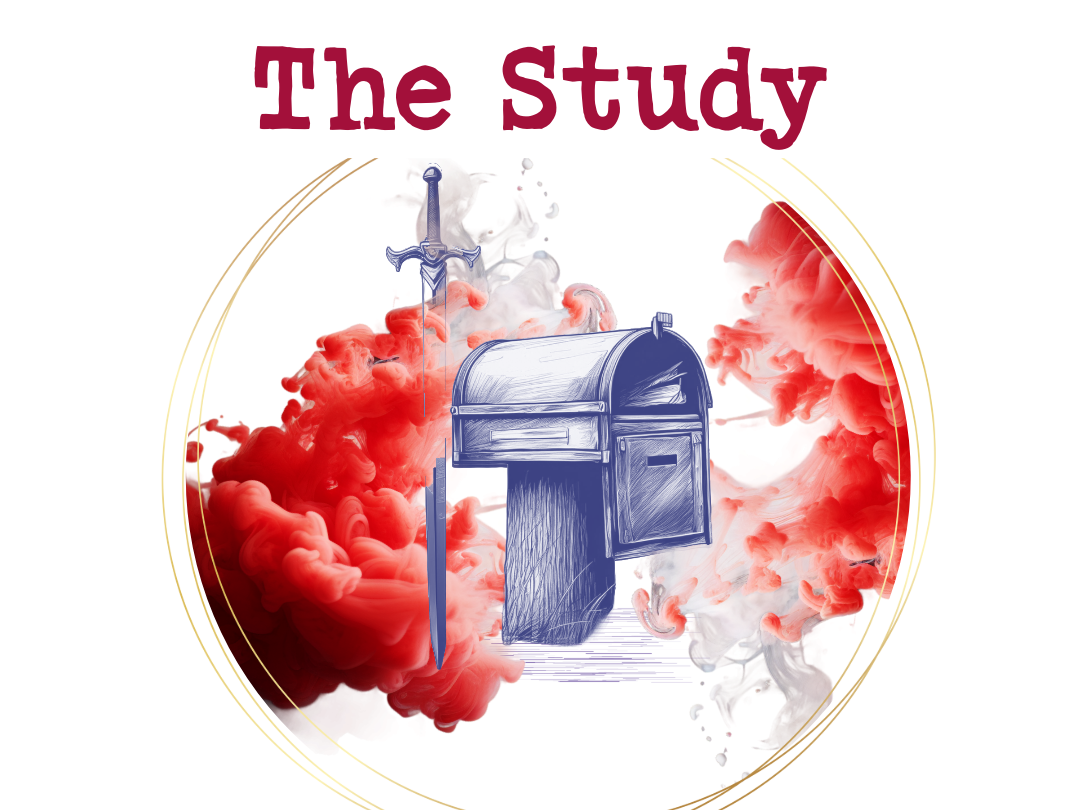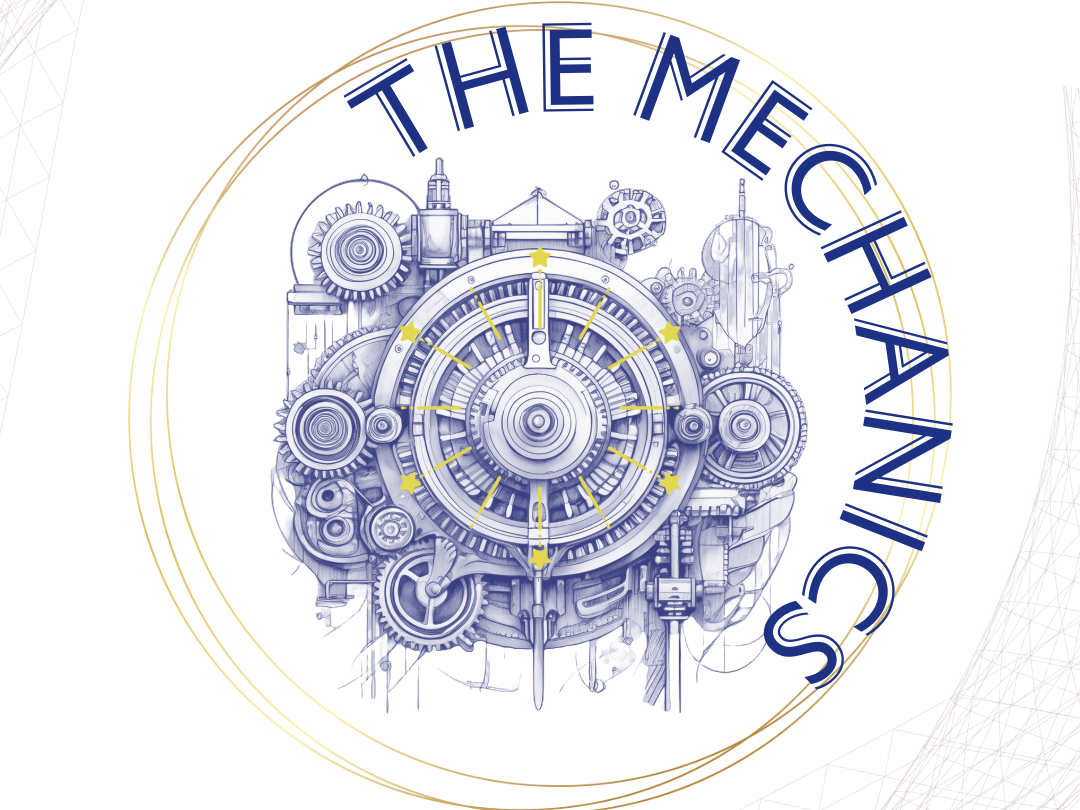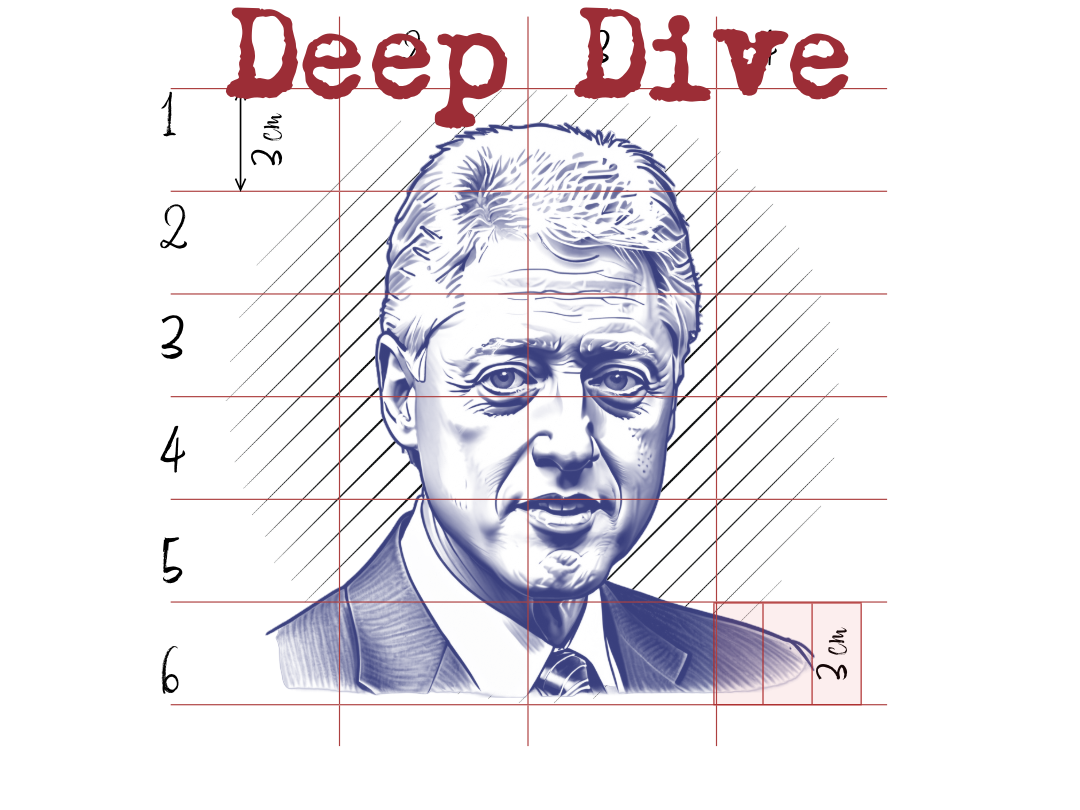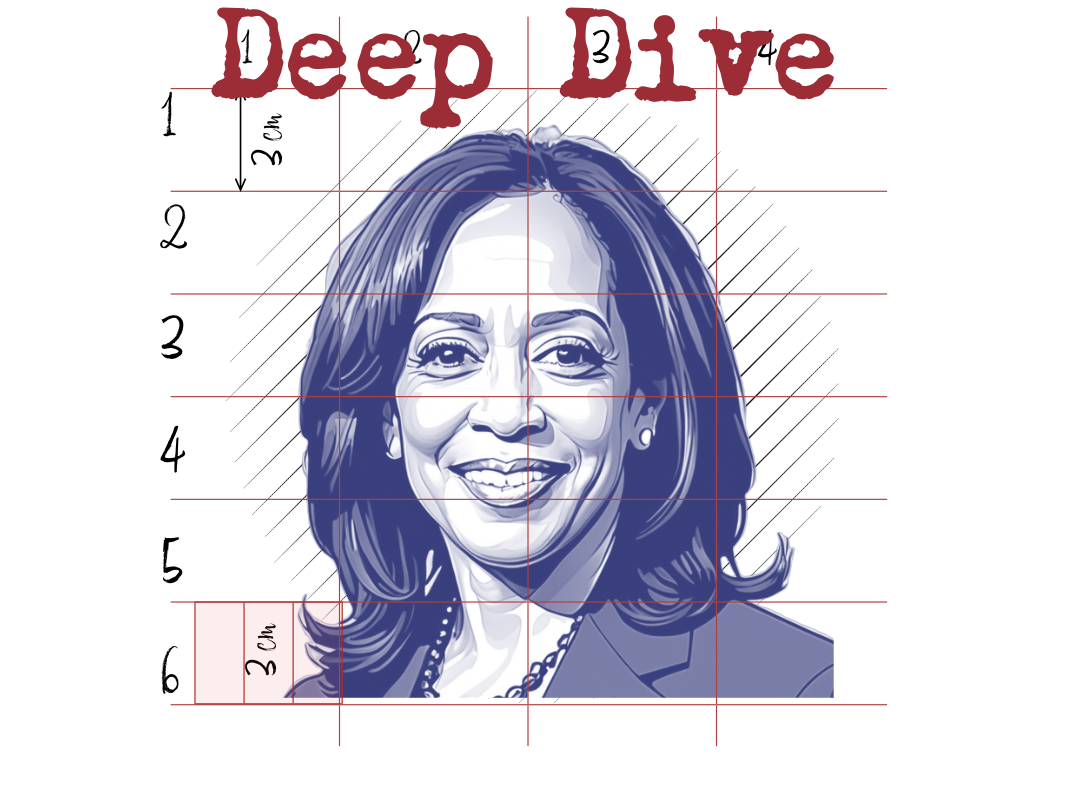Deep Dive Based on Established Methodology
Contextual Framework
Event Context:
This campaign rally, held at Madison Square Garden, symbolizes Trump's attempt to reconnect with his base in New York, a city both emblematic of his personal brand and strategically important in showcasing his vision for urban revival. The use of Madison Square Garden, a globally recognized venue, serves to amplify the grandeur of his campaign while creating an emotional resonance with the audience.
This campaign rally, held at Madison Square Garden, symbolizes Trump's attempt to reconnect with his base in New York, a city both emblematic of his personal brand and strategically important in showcasing his vision for urban revival. The use of Madison Square Garden, a globally recognized venue, serves to amplify the grandeur of his campaign while creating an emotional resonance with the audience.
Speaker’s Profile:
Donald Trump’s public persona is defined by his unconventional rhetoric, business acumen, and populist appeal. As a former president, he leverages his prior achievements and familiarity with the electorate to present himself as a seasoned leader capable of reclaiming the nation’s prosperity.
Donald Trump’s public persona is defined by his unconventional rhetoric, business acumen, and populist appeal. As a former president, he leverages his prior achievements and familiarity with the electorate to present himself as a seasoned leader capable of reclaiming the nation’s prosperity.
Audience Consideration:
The audience at the rally, a mix of ardent supporters and potential swing voters, is addressed as part of a collective identity—a patriotic force rallying to "save America." Trump’s language strategically excludes detractors while reinforcing loyalty among his core supporters. He frequently acknowledges the crowd, fostering a sense of inclusion and participation.
The audience at the rally, a mix of ardent supporters and potential swing voters, is addressed as part of a collective identity—a patriotic force rallying to "save America." Trump’s language strategically excludes detractors while reinforcing loyalty among his core supporters. He frequently acknowledges the crowd, fostering a sense of inclusion and participation.
Setting and Timing:
The speech is delivered nine days before the election, heightening its urgency. Trump's rhetoric is shaped by contemporary issues like inflation, immigration, and global instability, which he attributes to the current administration. This timing allows him to exploit voter anxieties while emphasizing his readiness to take decisive action.
The speech is delivered nine days before the election, heightening its urgency. Trump's rhetoric is shaped by contemporary issues like inflation, immigration, and global instability, which he attributes to the current administration. This timing allows him to exploit voter anxieties while emphasizing his readiness to take decisive action.
____________________________________________________
Speech Structure Analysis
Opening:
Trump begins with gratitude and familiarity, emphasizing his connection to New York and the venue's symbolic value. The rhetorical question, “Are you better off now than you were four years ago?” serves as an immediate challenge to the audience, compelling them to compare their current situation to his tenure. This technique establishes a contrast between his leadership and that of his opponents while setting the tone for the rest of the speech.
Trump begins with gratitude and familiarity, emphasizing his connection to New York and the venue's symbolic value. The rhetorical question, “Are you better off now than you were four years ago?” serves as an immediate challenge to the audience, compelling them to compare their current situation to his tenure. This technique establishes a contrast between his leadership and that of his opponents while setting the tone for the rest of the speech.
Core Message:
The central message is one of renewal and restoration: reclaiming the "American dream." Trump outlines ambitious goals, including:
The central message is one of renewal and restoration: reclaiming the "American dream." Trump outlines ambitious goals, including:
Economic Revival: Promises to end inflation, reduce taxes, and bring back manufacturing jobs.
Border Security: A commitment to ending illegal immigration and deporting criminal elements.
Energy Independence: Plans to "drill, baby, drill" and reduce energy costs by terminating the "green new scam."
National Pride and Security: A vision of restoring military strength, protecting law enforcement, and ensuring domestic safety.
Rhetorical Strategies:
Ethos: Trump asserts credibility by referencing his past achievements, such as a strong economy and secure borders during his presidency.
Pathos: Emotional appeals are central, particularly when discussing immigration and crime, invoking fear and anger to mobilize his audience. His promise of a "new golden age" inspires hope.
Logos: He presents policy specifics like tax credits for caregivers and tax-deductible car loans, appealing to logical reasoning and practical benefits.
Kairos: Trump emphasizes the timeliness of the election, framing it as a historic opportunity to reverse the country’s perceived decline.
Conclusion and Call to Action:
The conclusion is a crescendo of patriotic fervor, calling on the audience to vote and reclaim their country. Slogans like "Make America Great Again" and phrases like “fight, fight, fight” create a sense of determination and urgency, leaving a strong emotional impact.
The conclusion is a crescendo of patriotic fervor, calling on the audience to vote and reclaim their country. Slogans like "Make America Great Again" and phrases like “fight, fight, fight” create a sense of determination and urgency, leaving a strong emotional impact.
____________________________________________________
Language and Delivery Techniques
Tone and Style: The tone fluctuates between confrontational (targeting opponents) and optimistic (outlining his vision for America). His informal style, punctuated with humor and anecdotes, makes his speech accessible and engaging for a broad audience.
Word Choice: Trump’s vocabulary is deliberately simple, relying on repetition ("win, win, win") and evocative terms like "Liberation Day" to make his points memorable. He uses inclusive language ("we," "our") to foster a sense of unity among his supporters.
Body Language (If Observed): In his rallies, Trump typically uses expansive gestures, direct eye contact, and expressive facial expressions to convey confidence and connect with his audience. His physical presence reinforces his message and energizes the crowd.
Pauses and Emphasis: Trump strategically employs pauses to build anticipation and emphasize key points. For instance, his declaration of “Kamala, you’re fired!” is delivered with a dramatic pause, amplifying its impact.
____________________________________________________
Opposition Framing
Addressing Opponents:
Trump aggressively criticizes Kamala Harris and Joe Biden, accusing them of economic mismanagement, border insecurity, and incompetence. His language is hyperbolic, using phrases like "destroyed our country" and "gross incompetence" to delegitimize their leadership.
Trump aggressively criticizes Kamala Harris and Joe Biden, accusing them of economic mismanagement, border insecurity, and incompetence. His language is hyperbolic, using phrases like "destroyed our country" and "gross incompetence" to delegitimize their leadership.
Reframing the Opposition:
He contrasts his leadership as decisive and effective with the alleged failures of his opponents, framing the election as a binary choice between national ruin and renewal. This "us vs. them" framing unites his supporters against a common adversary.
He contrasts his leadership as decisive and effective with the alleged failures of his opponents, framing the election as a binary choice between national ruin and renewal. This "us vs. them" framing unites his supporters against a common adversary.
Group Identity:
Trump defines the "in-group" as hardworking patriots committed to saving America, while the "out-group" includes political elites, Democrats, and the media, whom he portrays as corrupt and out of touch with ordinary Americans
Trump defines the "in-group" as hardworking patriots committed to saving America, while the "out-group" includes political elites, Democrats, and the media, whom he portrays as corrupt and out of touch with ordinary Americans
____________________________________________________.
Emotional and Psychological Appeal
Appeal to Shared Values: Trump appeals to fundamental values like freedom, safety, and prosperity. His references to historical American achievements, such as "launching astronauts to the moon," evoke pride and a sense of continuity.
Creating a Sense of Urgency: By framing the election as a pivotal moment in American history, Trump emphasizes the need for immediate action, often invoking existential threats like economic collapse or cultural decline.
Unity vs. Division: While fostering unity among his base, Trump also deepens divisions by vilifying opponents. His rhetoric positions his supporters as protectors of the nation’s future against internal and external threats.
____________________________________________________
Rhetorical Techniques and Persuasion
Repetition and Key Phrases: Repetition of phrases like “Make America Great Again” reinforces his core message. Slogans like "Liberation Day" and “drill, baby, drill” serve as rallying cries that energize his audience.
Metaphors and Imagery: Metaphors such as "new golden age" and "Elon Musk rocket ship" add vividness to his speech, making complex ideas relatable and impactful.
Anecdotes and Stories: Trump’s anecdotes, such as his interaction with Elon Musk or stories about ICE operations, serve to personalize his message and make abstract issues more tangible.
Rhetorical Questions: He uses rhetorical questions like "Are you better off now?" to engage the audience and prompt reflection, creating a sense of dialogue.
____________________________________________________
Audience Engagement
Direct Address: Trump frequently uses direct address ("you," "we") to foster a sense of connection and shared purpose with his audience.
Audience Reaction: He responds dynamically to crowd reactions, often amplifying their energy by repeating chants or acknowledging cheers.
Inclusivity vs. Exclusivity: Trump’s rhetoric is inclusive of his supporters but exclusive of detractors, whom he portrays as enemies of American values.
____________________________________________________
Ethical and Impact Assessment
Ethical Considerations: The speech employs polarizing language and hyperbole, which could alienate undecided voters or escalate divisions. Some claims lack substantiation, raising questions about their accuracy.
Effectiveness: The speech is highly effective in energizing Trump’s base, as evidenced by audience reactions and sustained engagement. However, its polarizing tone may limit its appeal to undecided voters or moderates.
____________________________________________________
CONCLUSION
In conclusion, Trump’s campaign rally speech at Madison Square Garden underscores his communication style as both a reflection of and a response to the perceived dire need for change in the political field. By positioning himself as an outsider determined to restore the nation to its former glory, Trump effectively taps into widespread frustrations with the status quo, particularly among his core supporters. His unconventional rhetoric, aggressive framing of the opposition, and populist appeals suggest that his style is, in many ways, a direct reaction to the political establishment’s failures.
His use of emotional language, repetition, and vivid imagery creates a compelling narrative that speaks to those disillusioned by traditional politics, emphasizing urgent action and national renewal. His speech demonstrates a strong desire to shift the political landscape, presenting himself as a force capable of overcoming the systemic inefficiencies and stagnation associated with established political norms. However, the polarizing nature of his rhetoric and his tendency to demonize opponents reflects a broader divide in American politics, highlighting the dangers of further entrenching ideological divisions.
While Trump’s communication style successfully energizes his base and aligns with a segment of voters who feel left behind by conventional political processes, it also signals the deepening fragmentation of American political discourse. The speech, delivered just days before the election, serves as both a rallying cry for those seeking change and a reminder of the risks associated with the stark division it fosters. Trump’s rhetoric suggests that the political field is indeed in need of transformation, but whether his approach can unite the nation or deepen its divisions remains a critical question for the future of American democracy.








